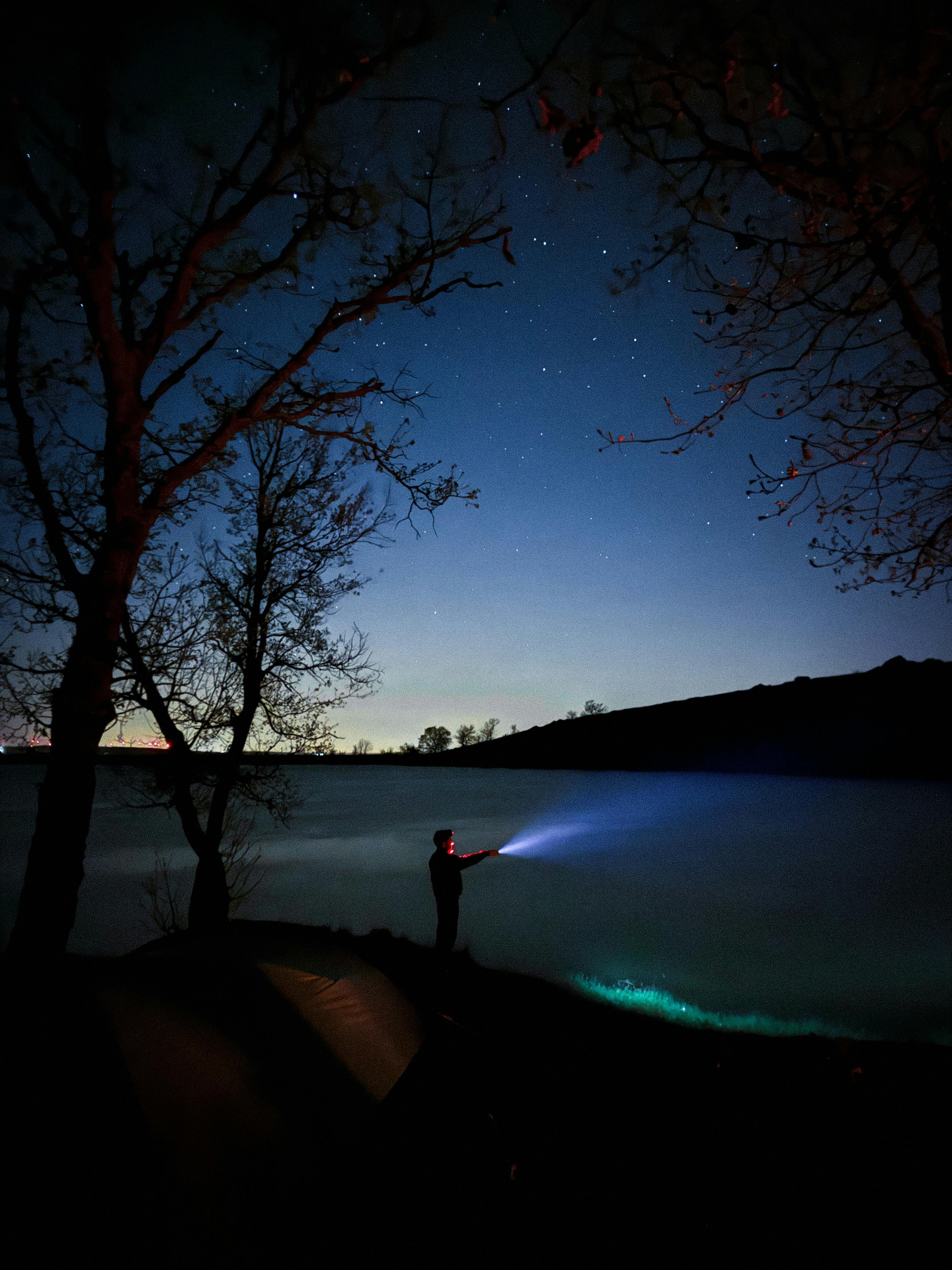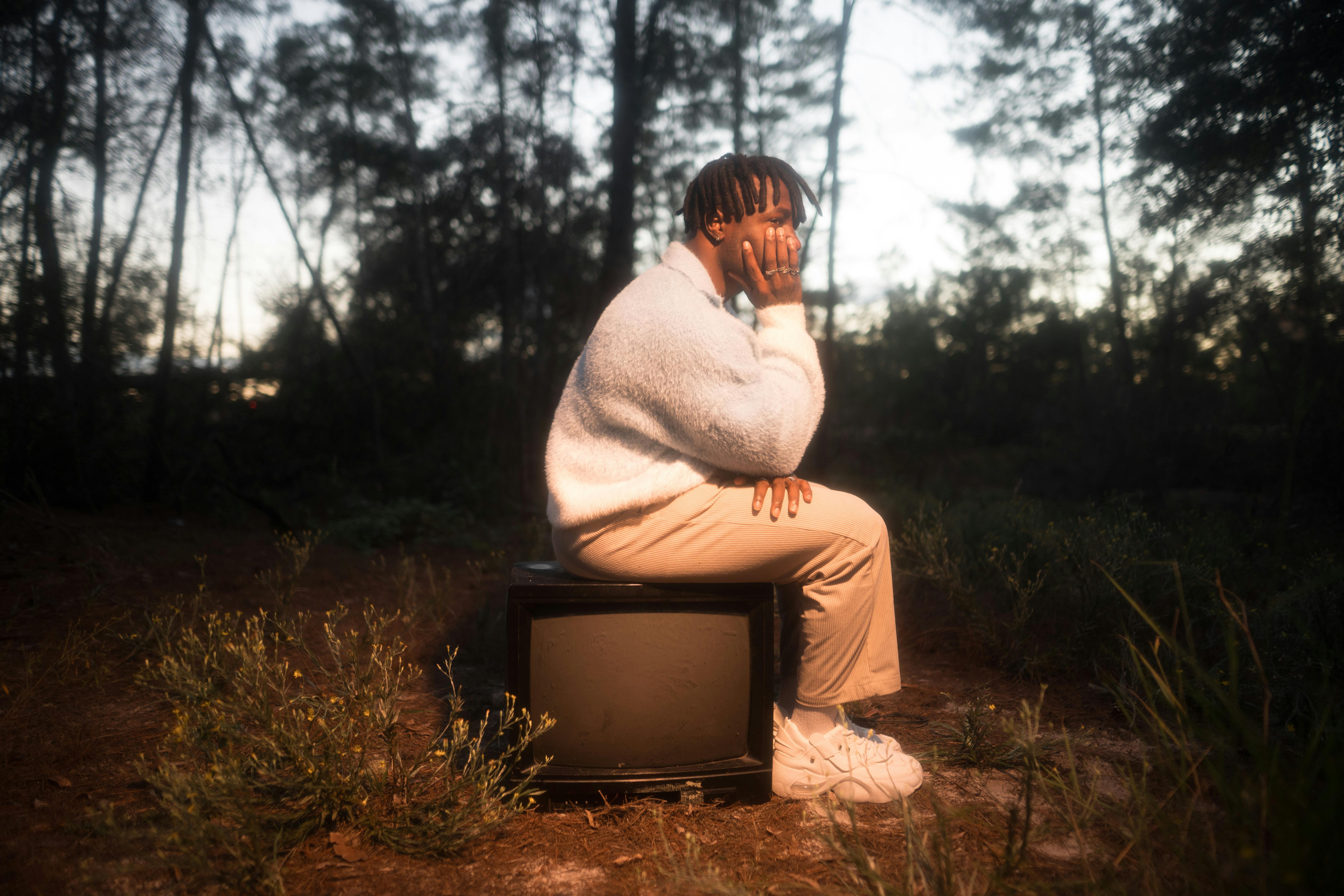March 30, 2025
The Rise of the Lo-Fi Brand

Zach Chmael
Head of Content
11 minutes
Don’t Feed the Algorithm
The algorithm never sleeps, but you don’t have to feed it — Join our weekly newsletter for real insights on AI, human creativity & marketing execution.
The Rise of the Lo-Fi Brand: Why Authenticity is Eating Perfection
There's a quiet rebellion happening in brand building.
You hear it in whispers that grow louder each day.
You see it in your feed between the polished corporate content.
You feel it in your gut when you instantly connect with a brand that feels... different.
It doesn't look like a Super Bowl spot. It doesn't sound like a script punched up by 14 rounds of revisions. It doesn't live inside a perfect Figma file or a hyper-produced brand deck.
It's rougher around the edges. More honest. More instinctive. More... lo-fi.
That's right. The lo-fi brand is here. And it's changing everything.
What is a Lo-Fi Brand?
It's not cheap. It's not amateur. It's not "low effort."
It's unpolished on purpose.
It's brands that feel like people. That post before the asset is perfect. That ship when the idea is still raw. That talk like humans—jargon-free, vibe-forward, a little messy in all the right ways.
It's not about being edgy. It's about being real.

Case Study: Liquid Death's Calculated Rawness
When a canned water company becomes a cultural phenomenon worth $700 million, something interesting is happening.
Liquid Death's success isn't accidental—it's a masterclass in lo-fi branding executed with precision.
Their approach:
DIY punk aesthetic that feels distinctly human
Smartphone-shot content that outperforms studio productions
Copy that reads like your funniest friend wrote it, not a marketing department
Shipping ideas fast instead of perfect (their "Greatest Hates" album of hate comment songs took just weeks to produce)
As founder Mike Cessario puts it: "We're not trying to be perfect. We're trying to be entertaining."
The results speak volumes. In an ultra-competitive beverage market, they've grown from $3 million to over $130 million in annual revenue in just three years.
Their engagement metrics destroy competitors with 10x the marketing budget. All because they understand that authenticity scales better than perfection.
The Cultural Shift Behind It
There's a reason this aesthetic is gaining traction.
We've spent the last decade being marketed to by:
Over-optimized ad copy where every word feels focus-grouped to death
Endless mood boards with the same Instagram aesthetic
Copy that sounds like everyone else because it's chasing the same algorithm
Video that's too clean to care about—shot on RED cameras but devoid of soul
The result?
Brands that are beautiful, but forgettable
Content that hits the format, but misses the feeling
Messaging that sounds right, but says nothing real
And now, we're burned out.
We've developed highly tuned BS detectors that instantly recognize and reject corporate polish.
Lo-Fi is a Reaction to Brand Bullsh*t
Admit it – You're tired of the polished bullsh*t.
We want texture. We want truth. We want to see the seams.
We want founder rants. Rough prototypes. Shaky camera footage. Design choices that break the grid a little.
We want to know that someone is behind the brand—not just something.

Case Study: Fenty Beauty's Unfiltered Approach
When Rihanna launched Fenty Beauty, she didn't just disrupt the beauty industry with inclusive shade ranges—she changed how beauty brands communicate.
Their approach:
Unretouched skin texture in campaign images
Behind-the-scenes content that shows the messy reality of production
Product development shared in real-time, not just when perfect
Social content that breaks traditional beauty marketing rules
Fenty's TikTok feels like it's run by actual humans who sometimes post slightly off-center videos or imperfect lighting—because it is.
This isn't laziness—it's strategic authenticity in an industry notorious for unattainable perfection.
The impact? Fenty Beauty reached $550 million in revenue in its first year. Their earned media value consistently outperforms legacy brands with 5-10x their marketing spend, proving that authenticity isn't just culturally relevant—it's commercially powerful.
Why Lo-Fi Brands Actually Win
It's actually pretty simple... they're built on trust, not trends.
✅ We trust imperfection more than polish
✅ We trust consistency over theatrical launches
✅ We trust brands that show up, not just brands that show off
In a world of algorithm-optimized sameness, the lo-fi brand cuts through by being distinct, alive, unfinished, and human.
That's the vibe.

Case Study: Notion's Minimalist Revolution
Notion transformed productivity software with a brand approach that feels almost anti-designed compared to its competitors.
Their approach:
Simple black and white aesthetic with playful, hand-drawn elements
Documentation and guides that feel like they were written by helpful humans, not legal teams
User-generated templates showcased instead of perfect corporate examples
Community content elevated over branded marketing
"We don't need to look perfect," explains Camille Ricketts, Notion's Head of Marketing. "We need to be useful and honest."
This lo-fi approach helped Notion grow from startup to $10 billion valuation in just a few years, largely through word-of-mouth. Their NPS scores consistently rank among the highest in SaaS, proving that clarity and authenticity build more loyalty than slick marketing ever could.
Don't Get it Twisted. This Doesn't Mean "Sloppy"
Lo-fi ≠ low standards. Lo-fi ≠ random chaos.
Lo-fi means:
🎤 Clear voice
🧱 Cohesive point of view
⚡️ Rapid iteration
🧠 No bottlenecks
It's "good enough to ship" → not "stuck in approval limbo forever."
It's designed for real-time clarity, not committee consensus.

Case Study: Kylie Cosmetics' Bedroom-to-Billion Empire
Love her or hate her, Kylie Jenner built a billion-dollar beauty empire using principles that were fundamentally lo-fi.
Their approach:
iPhone-shot content of Kylie testing products in her bathroom
Direct-to-audience communication without corporate filters
Immediate response to customer feedback instead of quarterly planning
Launches announced on social media, sometimes just days before release
"I don't do focus groups, I just talk to my followers," Jenner explained in a 2019 interview.
The business impact was staggering: $630 million in sales in the first three years, leading to a $1.2 billion valuation when sold to Coty.
All without traditional advertising, focus groups, or the marketing infrastructure most beauty brands consider essential.
The Technical Quality/Emotional Quality Matrix
Here's what most brands get wrong: they confuse technical perfection with emotional impact.
High technical quality + low emotional quality = Forgettable luxury
Low technical quality + low emotional quality = Amateur hour
Low technical quality + high emotional quality = Viral moment
High technical quality + high emotional quality = Masterpiece
Most brands obsess over the first quadrant, fearing the second.
Lo-fi brands aim for the third, knowing it builds more connection than perfection ever could. And occasionally, when everything aligns, they hit the fourth.
What matters isn't the production value—it's whether it makes people feel something real.
Why Averi is Built for Lo-Fi Brands
Averi isn't here to build the brand deck that collects dust. It's here to help you ship the real thing.
AI to translate strategy into briefs—fast
Experts to bring your vision to life, without hand-holding
A clean workspace where content, creative, and campaigns move
You don't need 12 meetings to post something meaningful.
You don't need a studio budget to build a studio system.
You need flow. You need clarity. You need a rhythm that respects your brand's voice—not dilutes it.
That's what we're building.
The Future Belongs to the Real
The pendulum has swung too far toward sanitized perfection.
Consumers are hungry for brands with fingerprints, not just filters.
The most innovative brands of the next decade won't be those with the biggest production budgets. They'll be the ones who:
Ship fast and learn faster
Create in public, not just for the public
Build systems for clarity, not bureaucracy
Trust their voice instead of diluting it through consensus
This isn't just a design trend or marketing fad. It's a fundamental shift in how brands build relationships with audiences who can smell fakery from a mile away.
The question isn't whether you can afford to be more lo-fi.
It's whether you can afford not to be.
TL;DR
🔍 The lo-fi brand approach isn't amateur—it's strategically authentic
🚀 Case studies from Liquid Death, Fenty, Notion, Kylie Cosmetics, and Glossier prove it drives real business results
💯 Lo-fi doesn't mean low quality—it means humanity, speed, and realness over corporate polish
🧠 Success comes from building systems that preserve voice and vision while enabling rapid execution
⚡️ The brands winning with this approach aren't just culturally relevant—they're outperforming competitors on hard metrics




